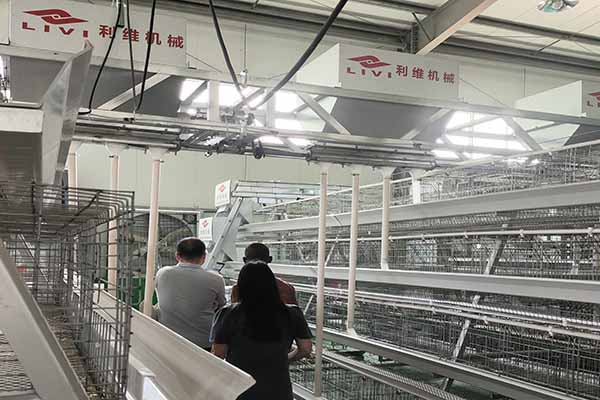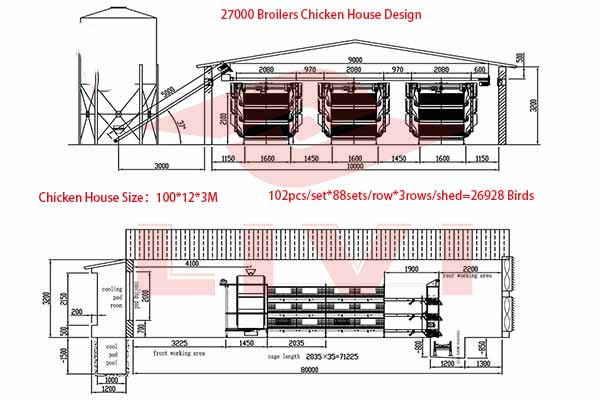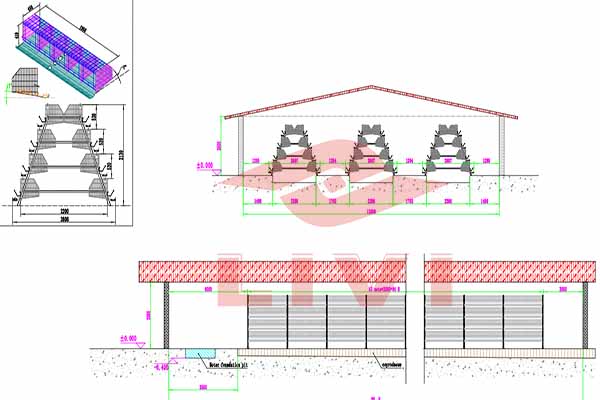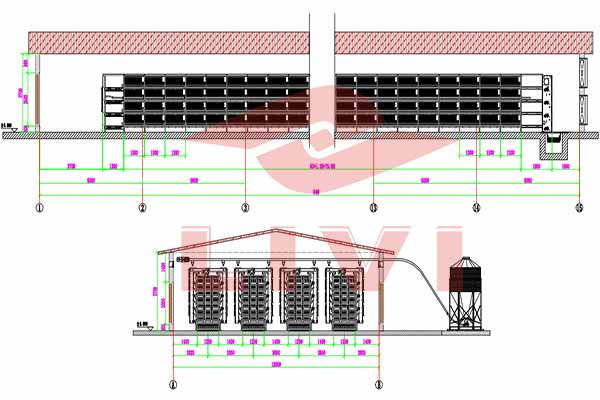Optimizing Chicken Battery Cages for 60,000 Chickens in Togo: A Comprehensive Guide
Understanding the Scale of the Operation
In Togo, the poultry industry is witnessing significant growth, with many investors looking to expand their operations. One such venture involves setting up chicken battery cages to house up to 60,000 chickens. This article delves into the key considerations for such a large-scale setup.
Why Battery Cages?
Battery cages are a popular choice for commercial poultry farming due to their efficiency and cost-effectiveness. Here are some reasons why they are ideal for a 60,000-chicken operation:
- Reduced Space: Battery cages maximize space usage, allowing for more chickens per square meter.
- Easy Management: The structured design of battery cages makes it easier to manage and monitor the flock.
- Health Benefits: Proper ventilation and cleanliness within the cages contribute to the overall health of the chickens.
Designing the Cages
When planning for 60,000 chicken battery cages, several factors must be considered:
Space Allocation
– Each battery cage should have a minimum space of 0.5 square meters per chicken.
– Total space required: 30,000 square meters.
Cage Dimensions
– Length: 1.2 meters
– Width: 0.6 meters
– Height: 0.9 meters
Material and Construction
– Use high-quality, rust-resistant steel or galvanized iron for durability.
– Ensure proper ventilation and drainage systems.
Health and Welfare
– Regularly clean and disinfect the cages to prevent disease outbreaks.
– Provide adequate lighting and temperature control to ensure the well-being of the chickens.
Efficiency and Productivity
– Implement automated feeding and watering systems to reduce labor costs.
– Monitor the chickens’ growth and health using IoT-based solutions for real-time data analysis.
Cost Analysis
– The cost of setting up 60,000 battery cages ranges from $50,000 to $70,000, depending on the quality of materials and construction.
– The return on investment is typically seen within 1-2 years.
Conclusion
Setting up chicken battery cages for 60,000 chickens in Togo requires careful planning and consideration of various factors. By focusing on space allocation, health and welfare, efficiency, and cost analysis, investors can ensure a successful poultry farming venture.
For more information and to receive a free chicken farming design and equipment quote from LIVI Mechanical, feel free to leave a comment or contact us directly.





